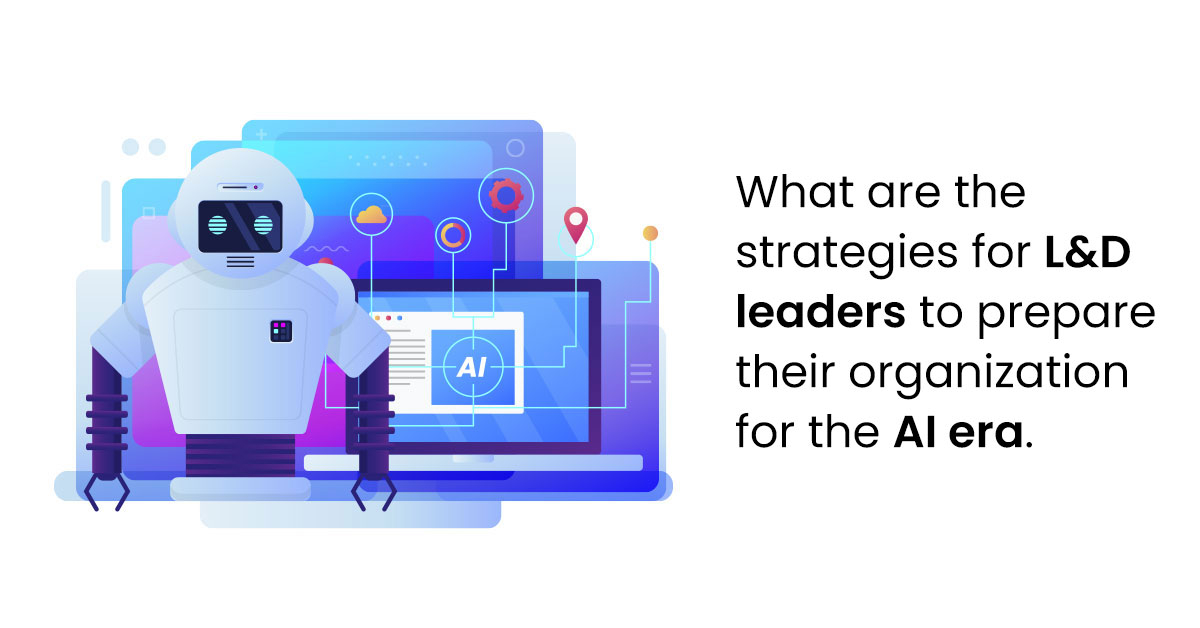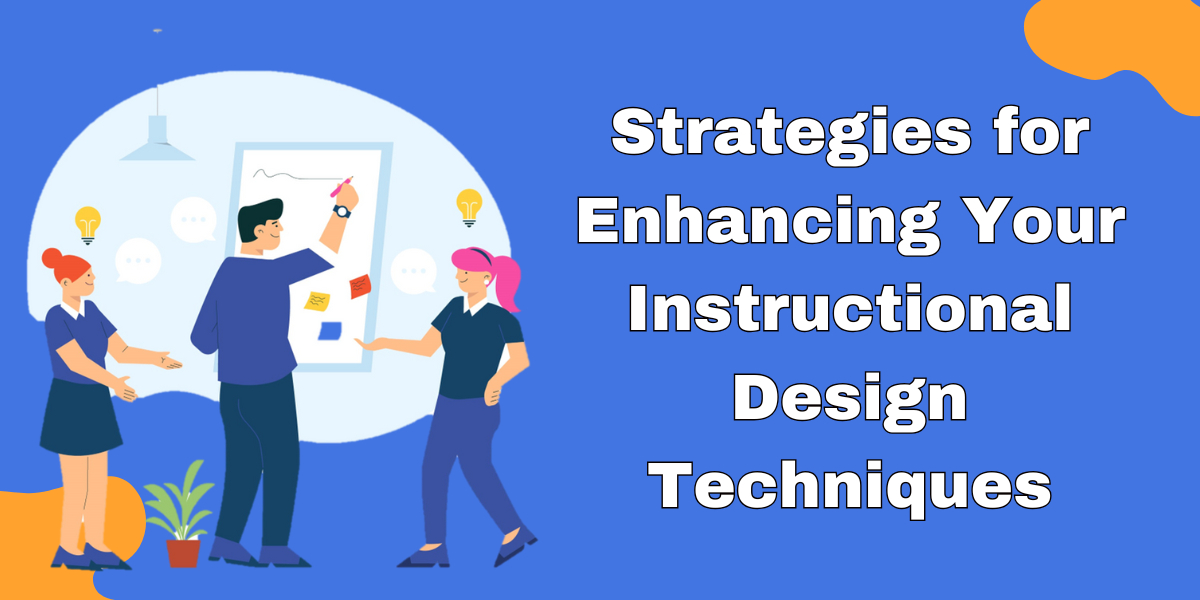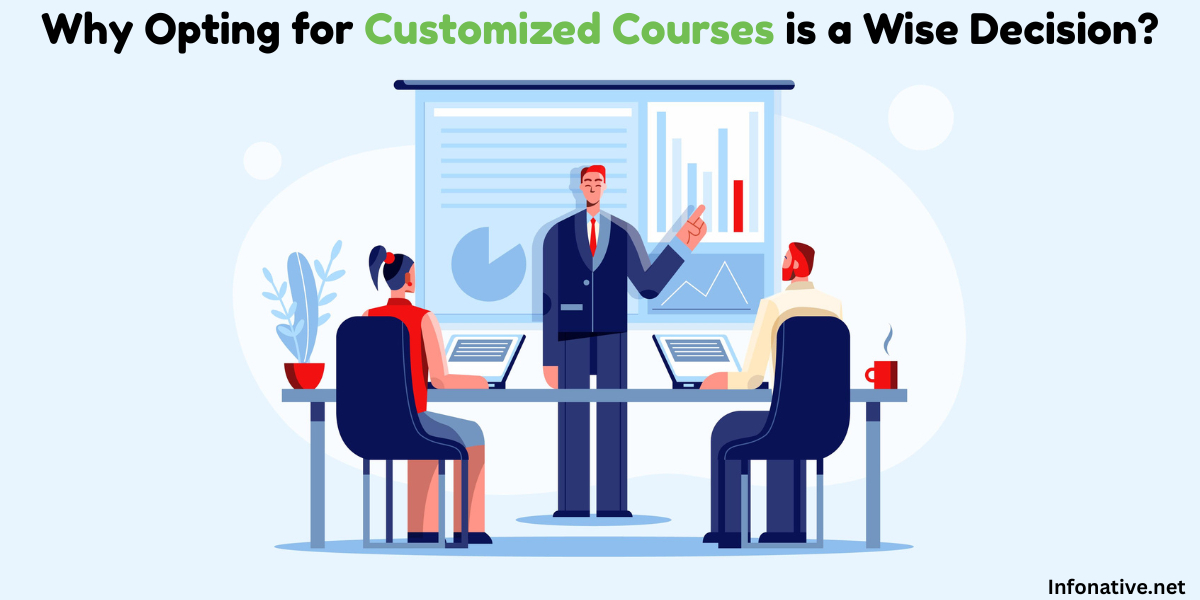The tides of technological change are turning, and artificial intelligence (AI) is poised to be the defining force of the coming era. Its tendrils are reaching into every facet of our lives, fundamentally reshaping how we interact with the world around us. The workplace is no exception. From automating routine tasks to providing real-time data-driven insights, AI is transforming the way we work.
At the forefront of this transformation stand L&D leaders, the architects of organizational learning and development. They face a momentous challenge: to prepare their workforces for a future where humans and machines collaborate seamlessly. This is not a future of human obsolescence, but rather one of human augmentation. AI will shoulder the burden of repetitive tasks, freeing up human minds for more strategic endeavours that leverage our unique strengths: creativity, critical thinking, and emotional intelligence.
However, navigating this transition requires a proactive approach. L&D leaders must equip their teams with the skills and mindset needed to thrive in this new paradigm. This article explores key strategies they can adopt to cultivate an AI-ready workforce, fostering a culture of continuous learning and collaboration that unlocks the true potential of human-machine partnerships.
1. Building AI Literacy: Demystifying the Machine
The fear of the unknown can be a significant barrier to AI adoption. L&D leaders must prioritize building AI literacy across all levels of the organization. This involves creating educational programs that explain the fundamentals of AI, its various applications, and its potential impact on different job roles.
Develop bite-sized learning modules: Create short, engaging online courses or workshops that introduce key AI concepts: machine learning, natural language processing, and automation.
Leverage real-world examples: Showcase how AI is currently being used in your industry and beyond. Invite guest speakers from AI-powered companies to share their experiences.
Focus on human-machine collaboration: Emphasize that AI is not here to replace human workers, but rather to augment their capabilities.
2. Conducting a Skills Gap Analysis: Identifying What Needs Fixing
A crucial first step is understanding the current skillset of your workforce. Conduct a comprehensive skills gap analysis to identify areas where AI will significantly impact job functions. This analysis can involve:
Reviewing job descriptions: Analyze current job descriptions to identify tasks that are most susceptible to automation.
Employee surveys and assessments: Gather feedback from employees about their comfort level with technology and their interest in learning new AI-related skills.
Data analysis: Leverage HR data and learning management systems (LMS) to identify trends in skills and knowledge gaps.
3. Fostering a Culture of Continuous Learning: Embracing Change
The pace of technological change in the AI era will be rapid. L&D leaders need to cultivate a culture of continuous learning within their organization. This means creating an environment where employees are encouraged to embrace new skills and adapt to evolving job requirements.
Microlearning and on-demand learning: Provide bite-sized learning modules that employees can access anytime, anywhere, on any device.
Mentorship programs: Pair experienced employees with those looking to develop new skills.
Learning communities: Create online or offline communities where employees can share knowledge, ask questions, and support each other's learning journeys.
4. Upskilling the L&D Team: Equipping Yourself for the Future
The L&D team itself needs to be well-versed in AI to effectively guide the organization. Invest in upskilling your L&D professionals in the following areas:
Instructional design for AI-powered learning: Explore how AI chatbots, personalized learning paths, and adaptive learning technologies can be leveraged to enhance training delivery.
Data analysis and learning measurement: Equip your team with the skills to analyze learning data and measure the effectiveness of AI-powered training programs.
Project management for AI integration: Develop the skills needed to identify, evaluate, and implement new AI-powered learning technologies.
5. Collaboration is Key: Working with IT and Data Teams
AI implementation is not an isolated L&D function. Successful integration requires collaboration with other departments, particularly IT and data teams.
Establish a cross-functional task force: Create a team comprised of L&D, IT, and data specialists to identify and implement AI-powered learning solutions.
Data sharing and infrastructure development: Partner with IT to ensure access to high-quality data that can be used to train AI algorithms for personalized learning experiences.
Conclusion: The Human Edge in an AI-Powered World
While AI will undoubtedly automate many tasks, the human element will remain crucial. In the AI era, human skills like critical thinking, creativity, problem-solving, and emotional intelligence will be even more valuable. L&D leaders who focus on building these skills in their workforce, while fostering a culture of continuous learning and collaboration, will position their organization for success in the exciting but ever-changing landscape of the AI era.




